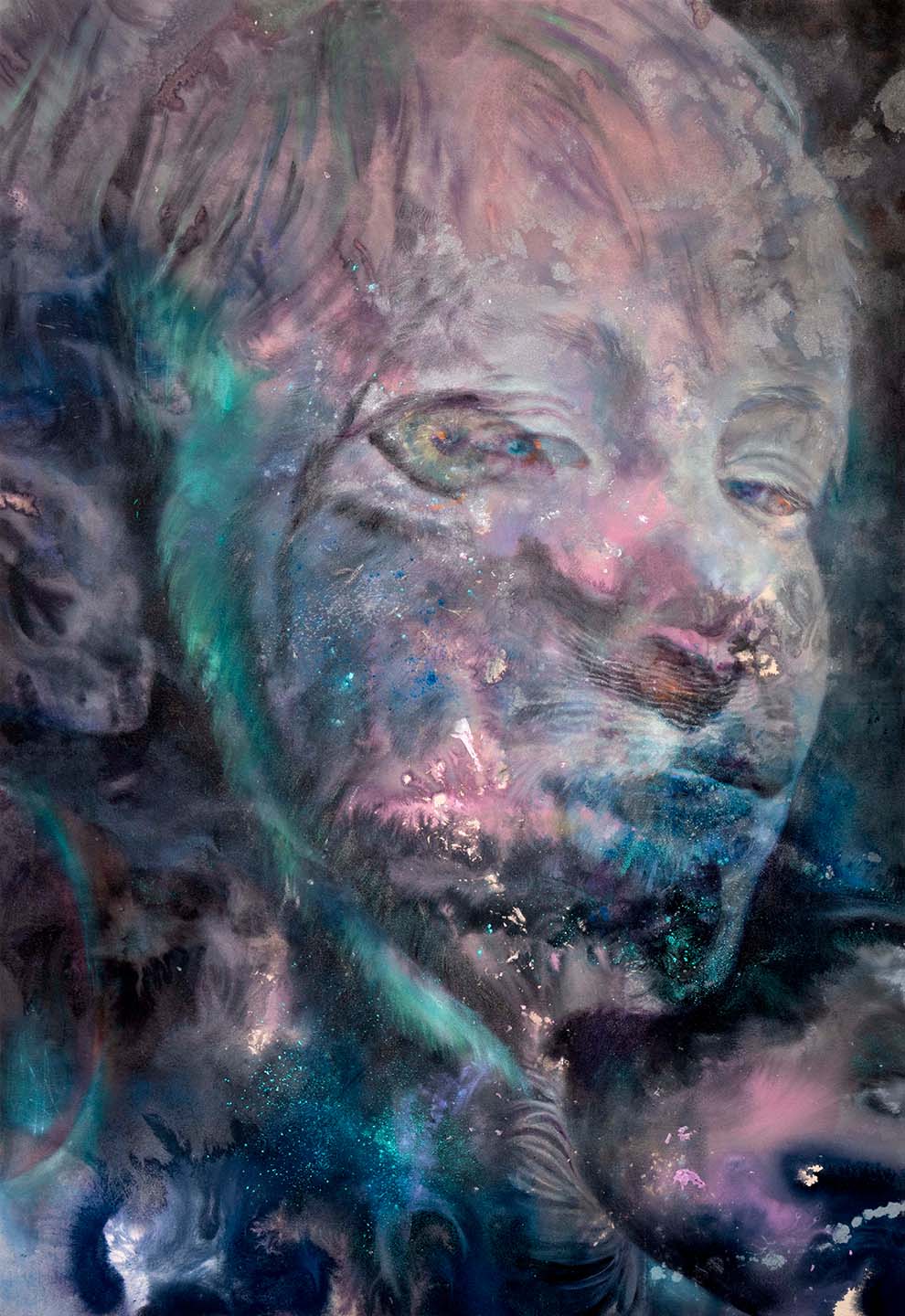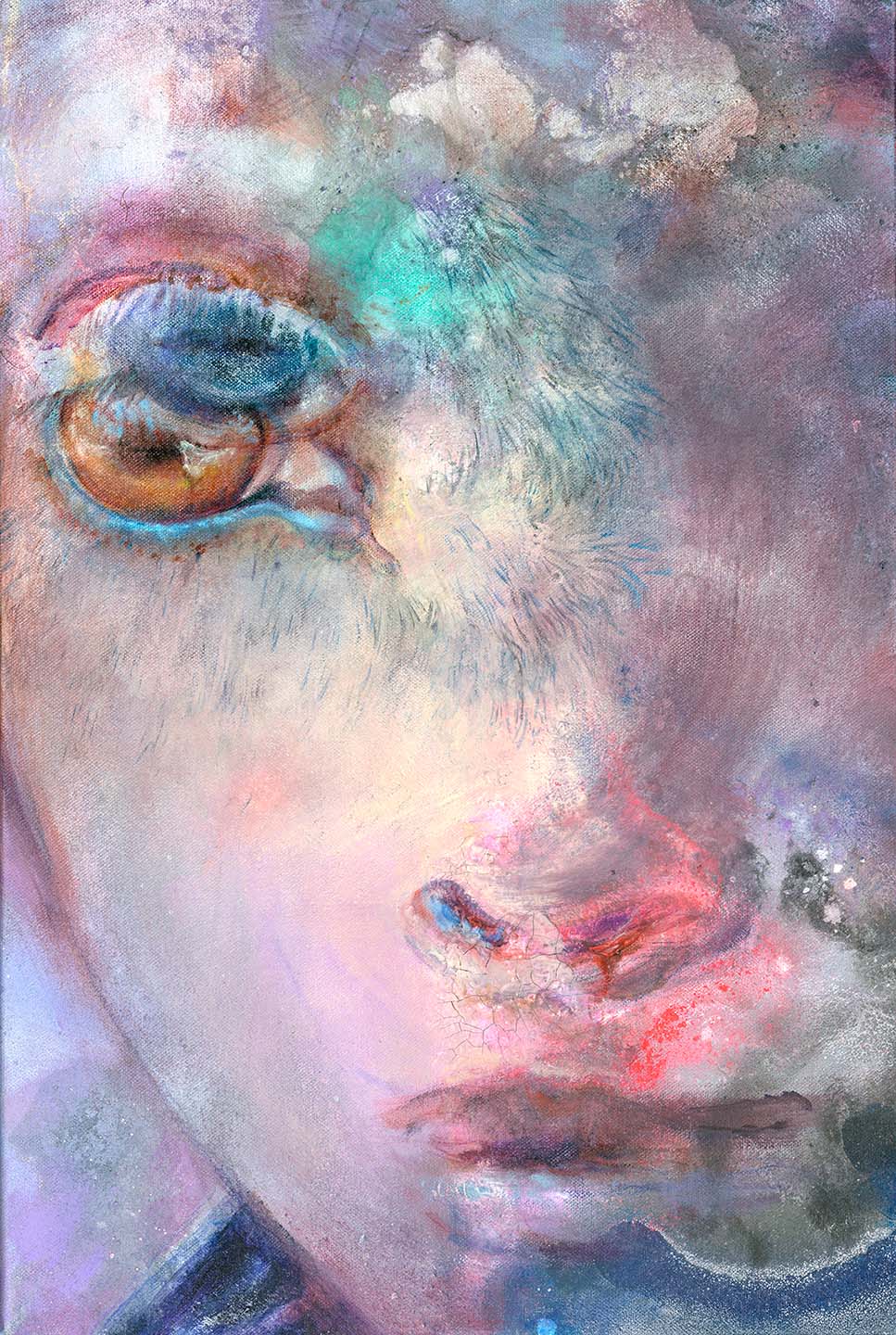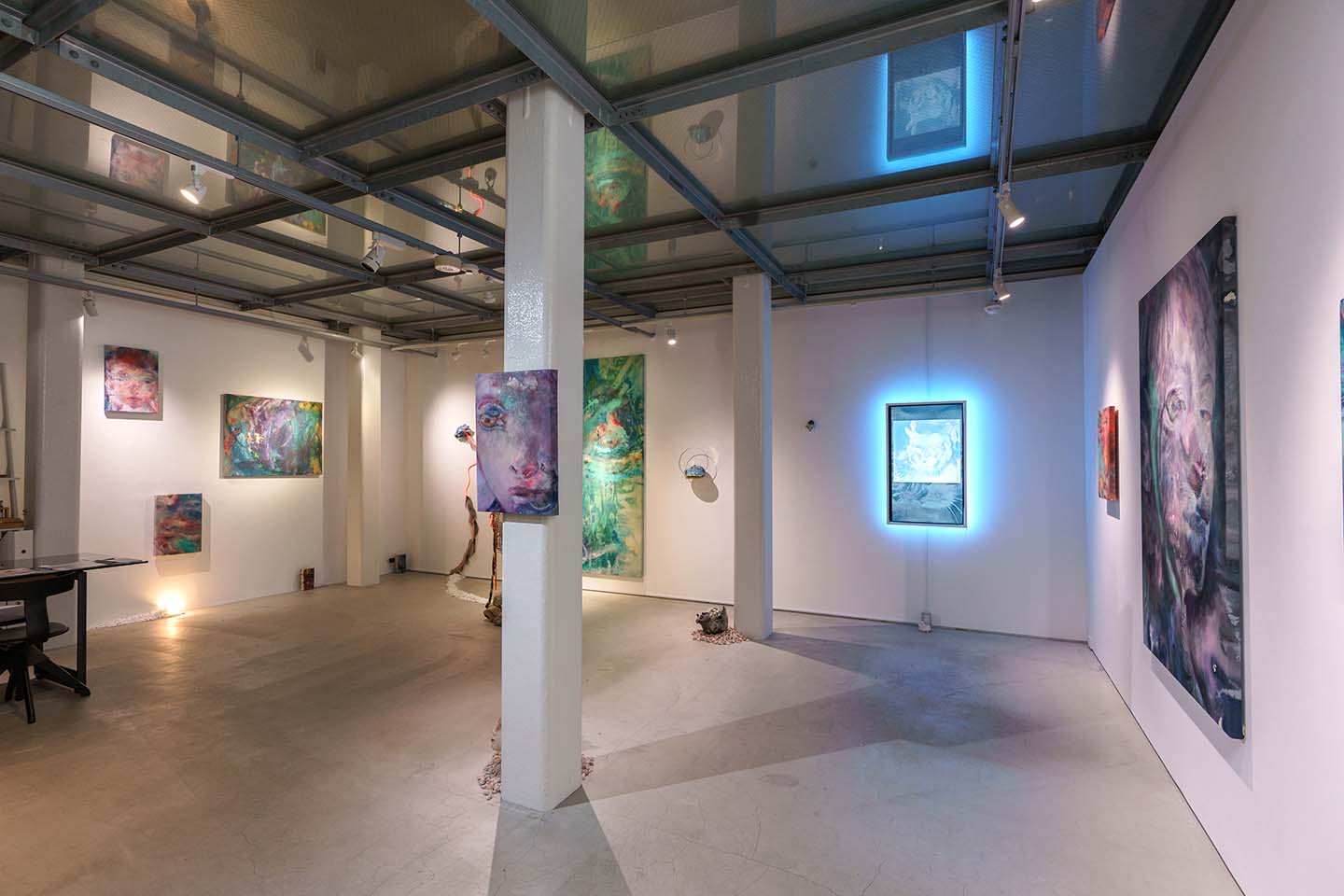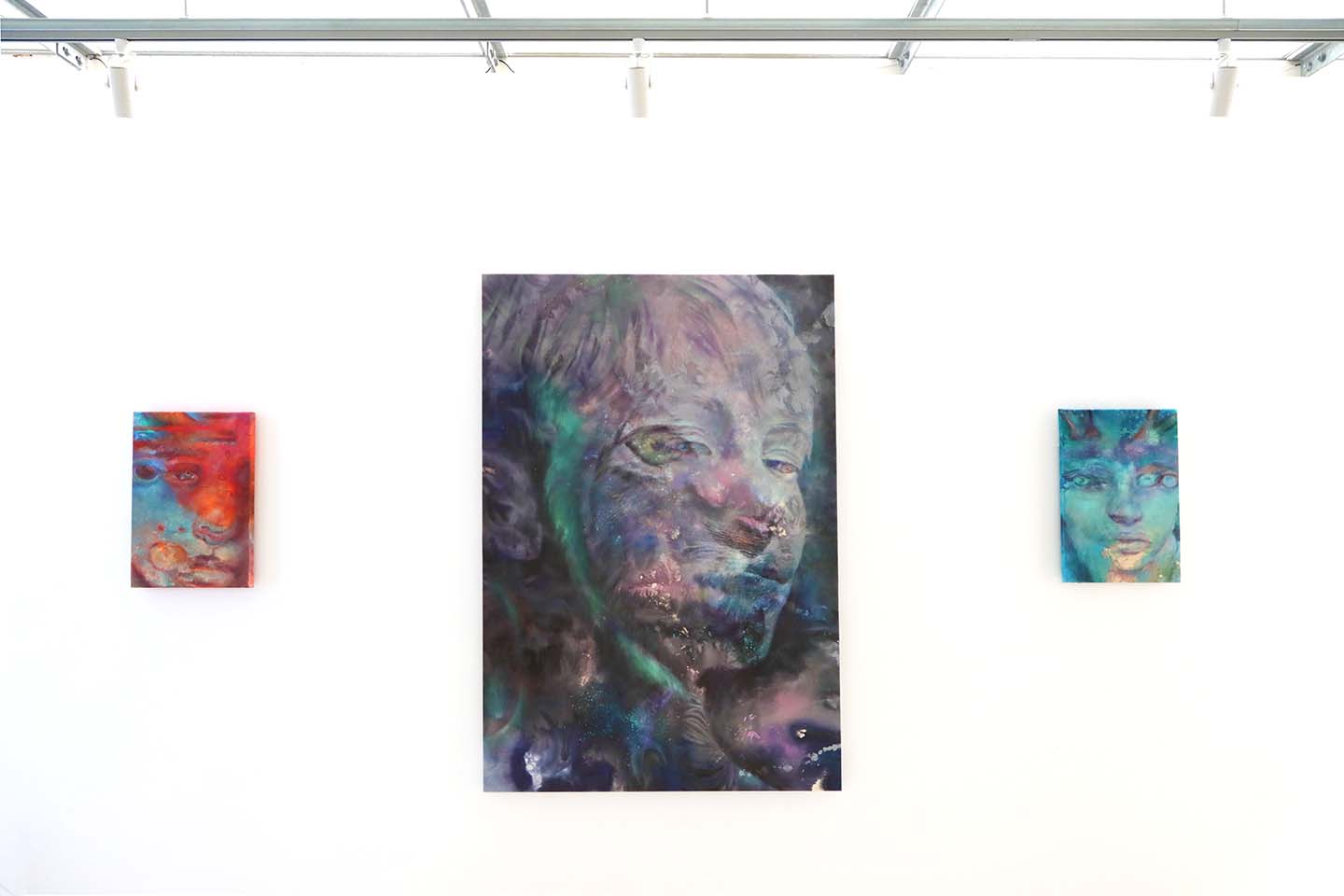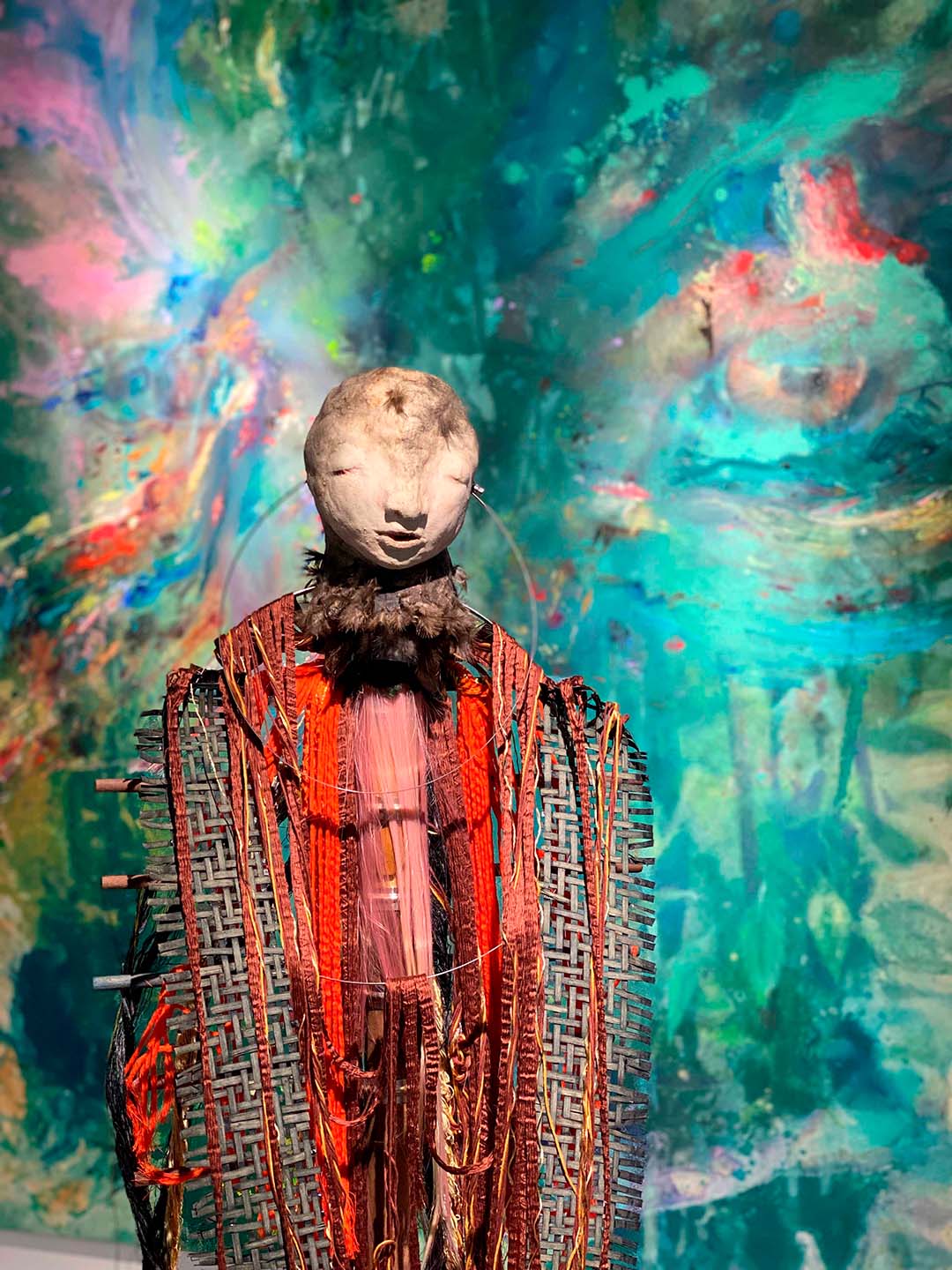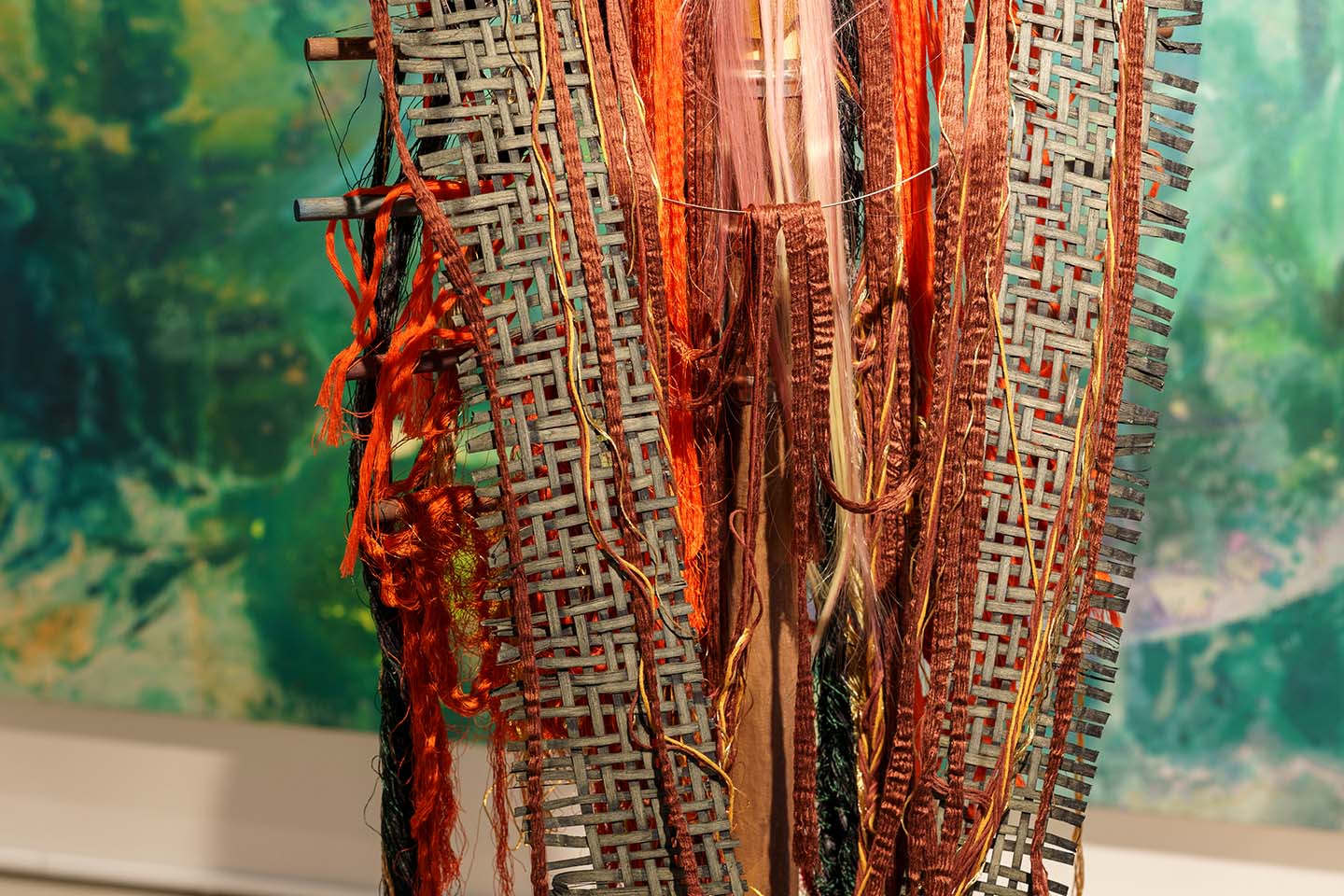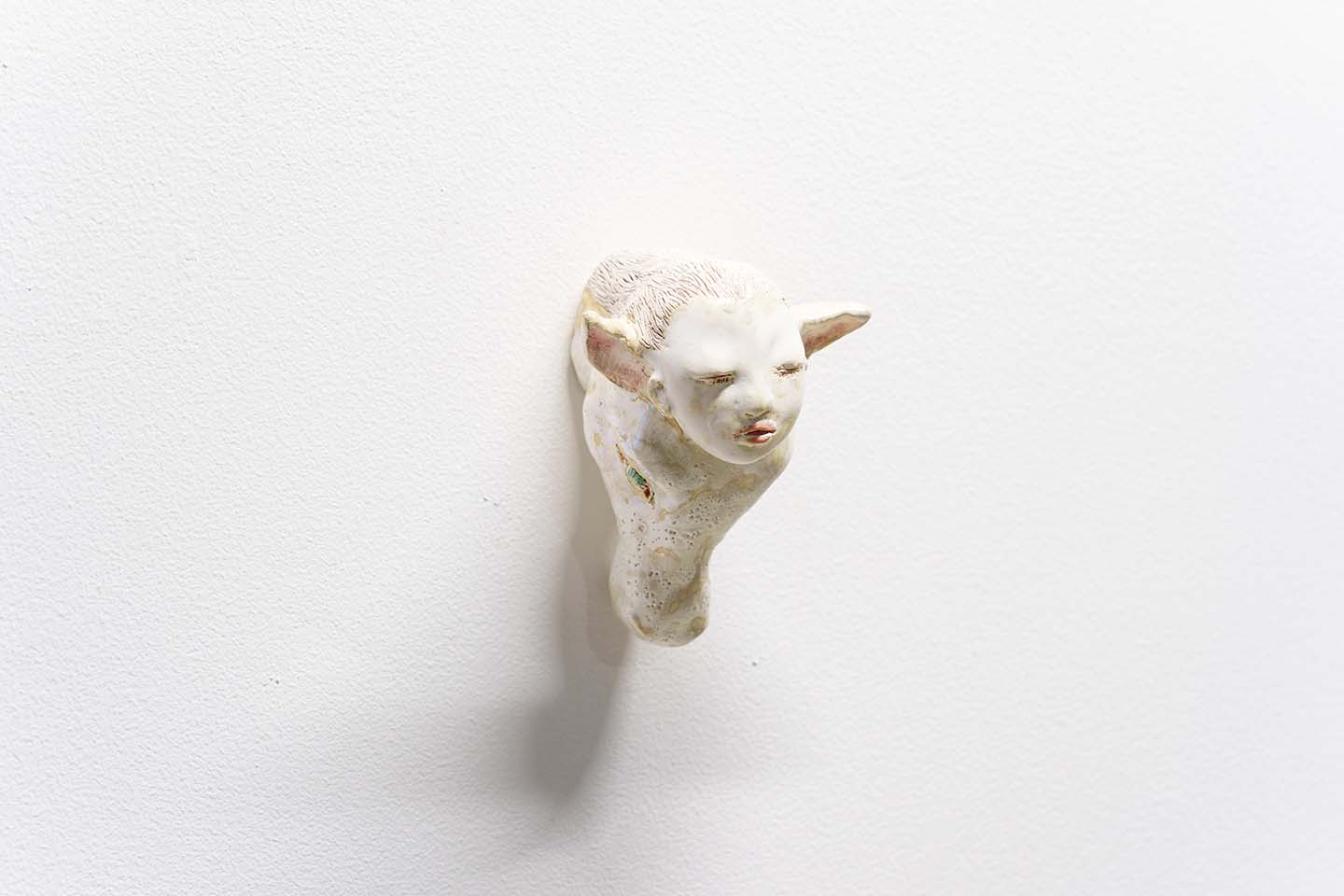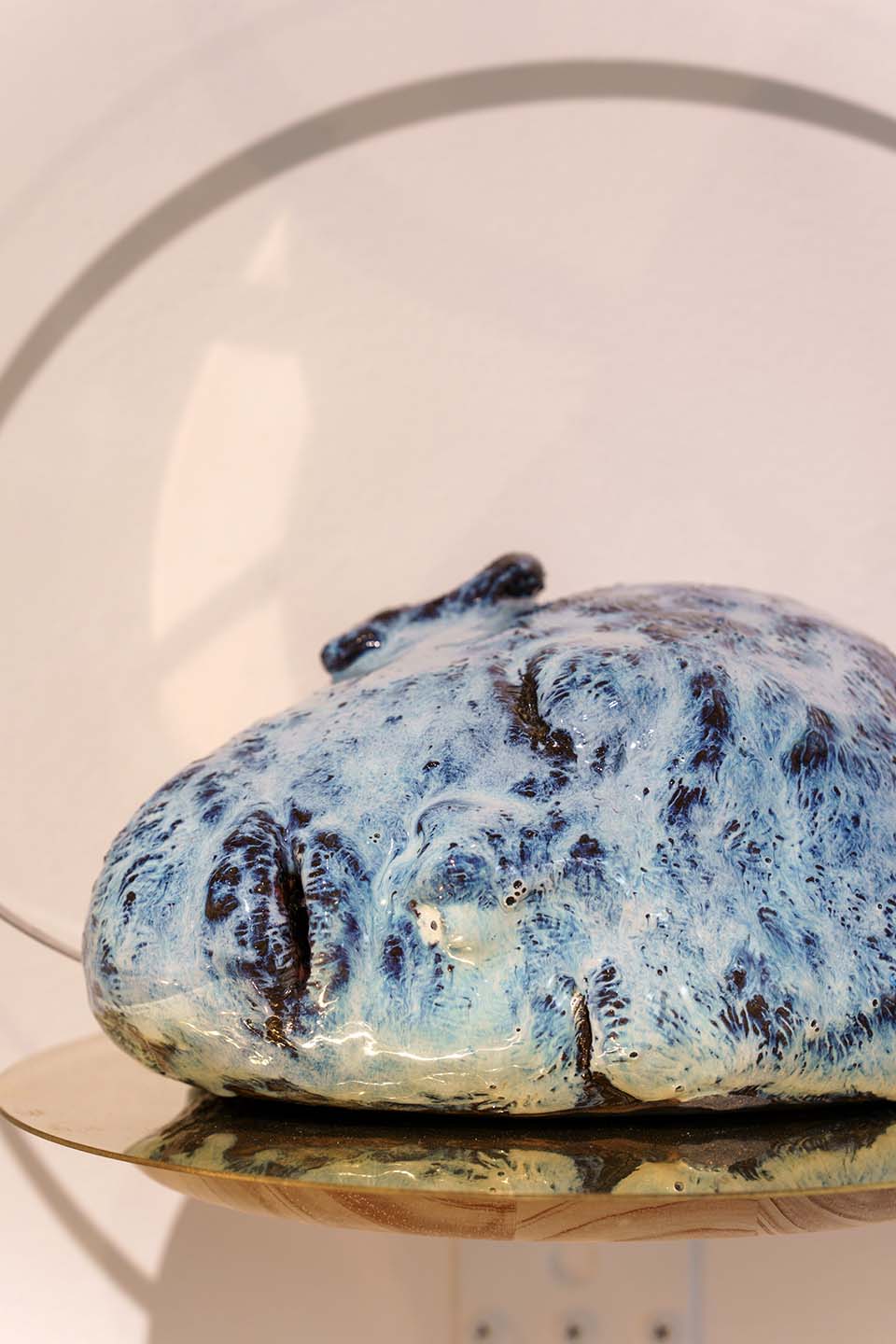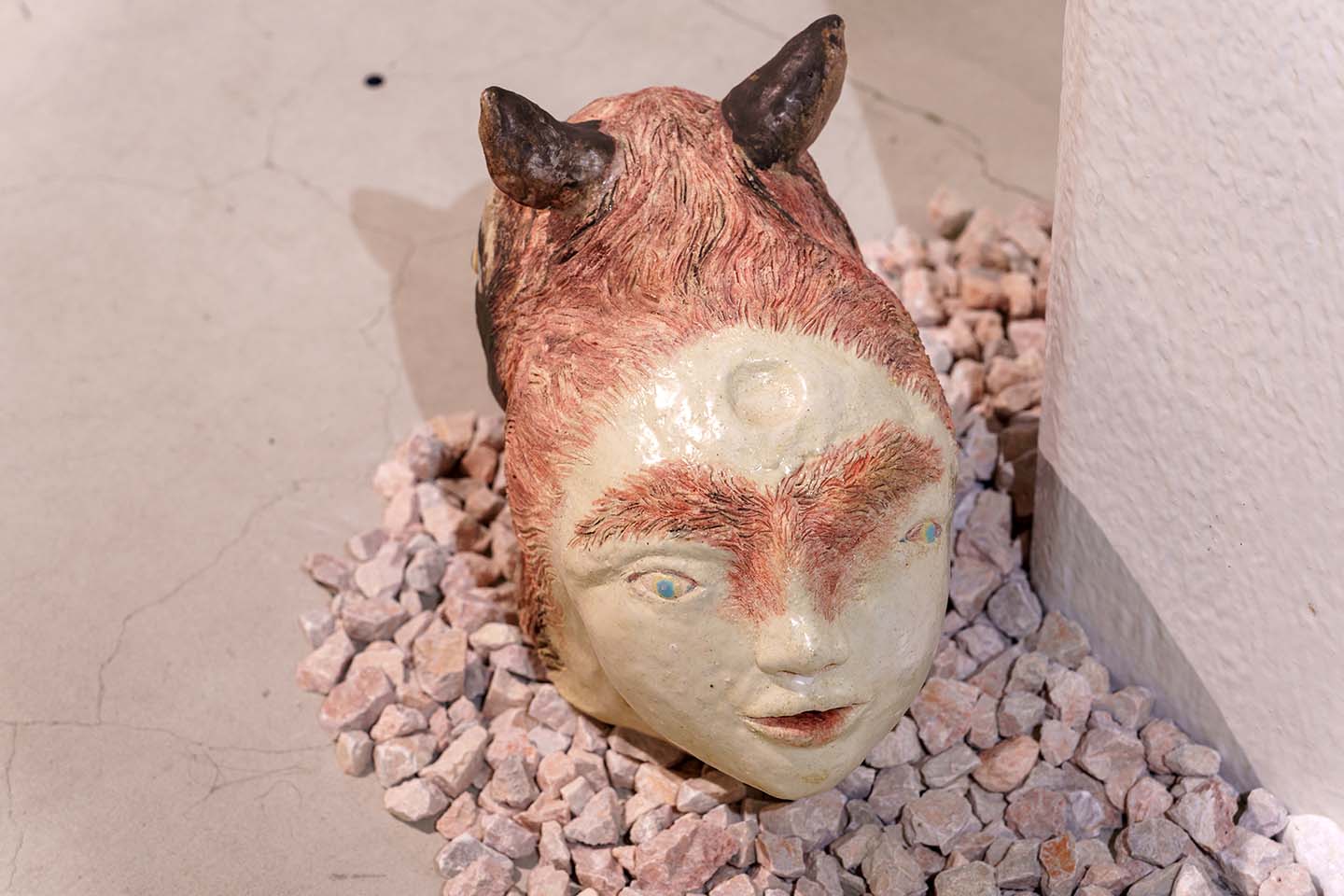Exhibition View
Text :not〈 I 〉, not not〈
In the book "Soul Hunters," cultural anthropologist Rane Willerslev describes a certain custom that the indigenous Yukaghir people of the north undertake when hunting elks, also known as moose.
According to Willerslev, the Yukaghir hunters first establish a sexual relationship with the elk in their dreams. Furthermore, by donning coats made of elk hide and skillfully mimicking the movements of the elk, they fully immerse themselves in becoming the elk. Through this process, they are able to approach the herd of elks in the actual hunting field, it is said.
Willerslev calls this process "mimesis" (imitation). Additionally, Willerslev describes the state of the Yukaghirs during this time as "not being an animal, yet not not being an animal."
In the world of the Yukaghirs, what fills the vessel called the body is the soul. During the act of hunting, the Yukaghirs sympathize with the elk they aim to capture, through the mediation of their souls. The soul is also not something that stays in one place continuously. It is constantly flowing, traveling back and forth between multiple bodies — between humans and elks, much like the cells filling our bodies.
What I feel as “I” might also be a momentary sediment formed in the constantly changing river of souls. However, for the sediment known as “I” to continue existing, it must immediately dissolve and start flowing again. Through the ceaseless flow of cells and the active replacement of parts, the overall homeostasis is maintained. According to biologist Shinichi Fukuoka, this "dynamic equilibrium" is the state of "being alive."
For "I" to continue being "I," "I" must give up on continuing to be "I." Then, what exactly is the "I" at that moment?
Certainly, it is not "I."
And yet, it is not not "I."
Other Works
←Archives© 2025 Maki Ohkojima
